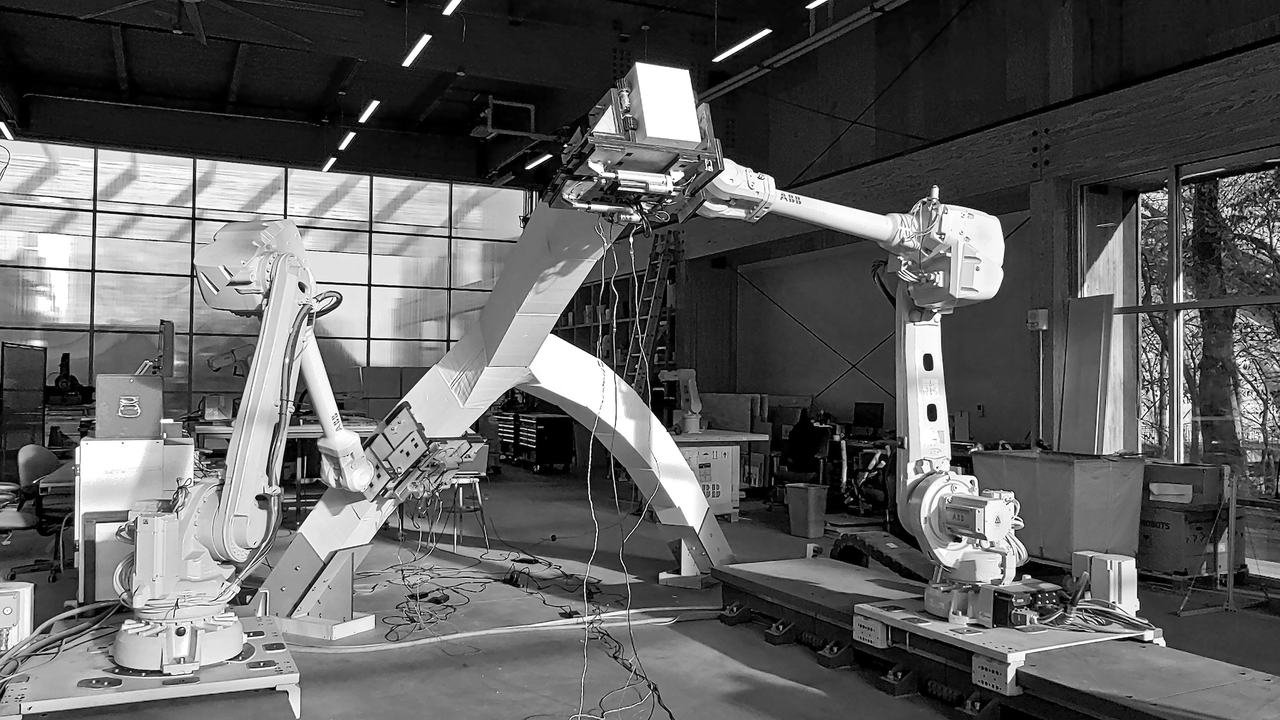Princeton University School of Architecture
Announces the Final Public Oral Exam of
Kaicong Wu
“ROBOTIC ASSEMBLY: A GENERATIVE ARCHITECTURAL DESIGN STRATEGY THROUGH COMPONENT ARRANGEMENTS IN HIGHLY-CONSTRAINED DESIGN SPACES”
Tuesday, May 7, 2019, 10:30 a.m.
S-118, Architecture Building
Committee
Forrest Meggers (Princeton SoA)
Axel Kilian (MIT)
M. Christine Boyer (Princeton SoA)
Stefana Parascho (Princeton SoA)
ABSTRACT: Architectural assembly has been a neglected research topic within the field of computational design. The problem with processing top-down controlled geometric models through passive fabrication and manual assembly processes lies in the difficulty of producing independent components from aggregated wholes. Moreover, an extensive amount of resources can be wasted when architectural components are manually assembled. However, what has yet to be determined is whether the applications of advanced assembly machines, especially architectural robots, can reduce resource use and create new design principles. How can robotic assembly become a generative strategy to design architectural forms through component arrangements? Three design models were developed to study the sequence, fitting, and configuration of robotic assembly. In relation to the model of robotic equilibrium assembly, scaffold-free constructions were examined through tooling innovations to recreate the design of compression-only arch structures. For the model of material outline assembly, a scanning procedure was carried out to fit foam fragments into a shell structure by flexibly approximating a human-designed surface geometry. For the model of stochastic assembly, deep learning was applied to autonomously achieve higher assembly goals of natural wood log structures. The three models were conceptualized and implemented using various computational and robotic approaches and tested in small-scale experiments.
This research contributes to architectural design by redefining the role of assembly machines as generators of freeing design space from the constraints of existing knowledge regarding geometries, fabrications, and structures. The experiment results indicate that, even with unfamiliar design problems, potential solutions can be identified using robotic assembly to arrange architectural components. The design control shifts from top-down, human-centered geometric modeling to bottom-up, machine-centered component assembly. This can stimulate human designers to recognize and overcome their cognitive barriers, challenge existing architectural design criteria, and discover unknown design principles. Future work is outlined for autonomous assembly of raw materials, connecting the learning processes of virtual and physical assembly machines, and applications of large-scale robotic assembly in built environments.
A copy of the dissertation is available for review in S-110 shortly.

